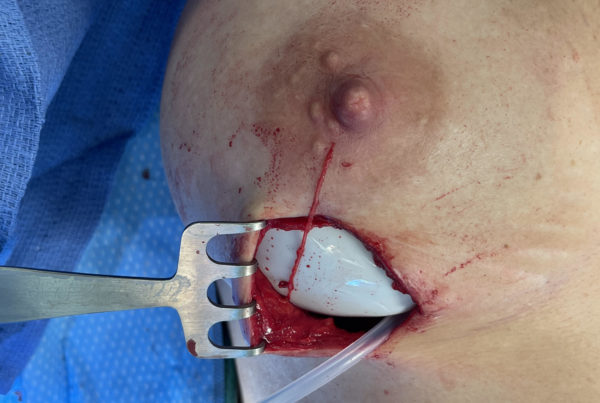As with many things in life, there are positive and negative ways to perceive just about anything. Just because the MRI was negative, clearly does not mean that there is nothing wrong. Let me explain why below. First, however, let’s look at the bright side. You do not have a brain tumor. You do not have an aneurysm. It does not appear as if you’ve had a stroke. And you don’t have lesions on your brain that might be suggestive of multiple sclerosis, Alzheimer’s or ALS (Lou Gehrig’s disease)….all good things NOT to have.
So, what do you have and if it is so bad, how come you can’t see it? Well, with standard MRI sequences, nerves are often not visualized as well as other structures such as muscle and bone. However, there are certain modifications which the MRI technician and radiologist can perform (if knowledgeable enough) to highlight nervous tissue. There is a special set of MRI sequences collectively called magnetic resonance neurography (MRN for short) that when combined, can produce high resolution images that preferentially highlight nerves and their pathology. Unfortunately, this type of technology is still relatively new and is certainly not available at every hospital. Moreover, the act of focusing on nerve tissue does not guarantee that pathology may be found on imaging.
There are a couple of technical considerations when deciding whether or not a suspected nerve can be evaluated with MRN. The first is the strength of the coil (magnet) within the MRI machine. Standard MRI uses a 1.5 Tesla (1.5T) coil to image routine structures. More recently there has been a prevalence of 3T coils and these machines are sometimes considered “high resolution” MRI scanners. The images they produce are more refined and specific. Think of it as the difference between the images from a VHS player versus a DVD player. There is even a well-known, local institution that supposedly has a 7T scanner. The image quality will probably be that of a Blue-Ray player, but remains completely experimental at this point. The second issue at play is the size of the nerves being imaged. The larger the nerve, the easier it is to detect any pathology. MRN has been shown to be quite effective and useful in imaging larger nerve bundles such as nerve roots emerging from the spine, the sciatic nerve in the thigh and even the brachial plexus in the neck and upper arm. It has been less well-studied in the more peripheral and hence smaller nerves such as those involved in carpal tunnel syndrome and occipital neuralgia. The third rate-limiting step in imaging the nerves is interpreting the images – this maneuver requires a good radiologist. The more experienced they are in reading such images, the more likely they are to pick up fine details that may represent true pathology.
So, if the MRI is “negative”, it may be because the optimal MRI sequences were not used – perhaps the radiologist thought you were really looking for a brain tumor and simply did not see one. Make sure the ordering physician specifies that they think you may have ON and are looking for compression of, for example, the greater occipital nerve. If the MRI is “negative”, it may be because the MRI machine is not capable of producing high resolution images that would highlight small nerves such as the greater occipital or supraorbital. If the MRI is “negative”, it may be because the radiologist interpreting the images is not experienced enough in MRN to pick up subtle differences in the appearance of a compressed small nerve versus a normal one. Knowledge is power in these cases. One final note: given the novel nature of this technology, most insurance companies still consider such tests “experimental”.
Find out more about treating your migraine symptoms by contacting us HERE.





